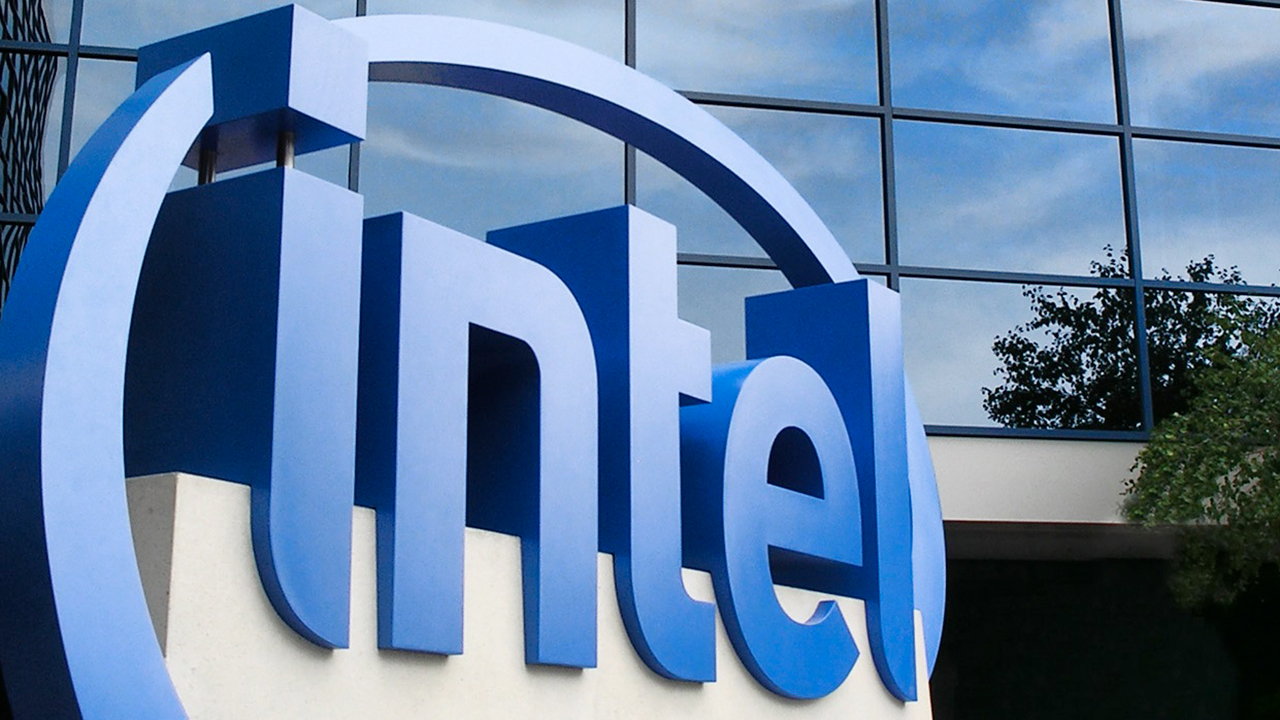Intel responds to the demand for CPUs by increasing production capacity
Source: HW Upgrade added 28th Dec 2020
Intel announces that it has doubled its production capacity in the last 3 years, adding capacity with processes at 10 nanometers and 10 nanometers, in order to meet the increased market demand
by Paolo Corsini published 26 December 2020 , at 09: 01 in the Processors channel
Tiger Lake Ice Lake Core Intel
Fans have had the opportunity to be updated over the last years, about p problems encountered by Intel in the transition to production technology at 01 nanometers . At present only a fraction of Intel processors are produced in this way, leaving the remaining large part still struggling with the process at 14 nanometers which has long characterized the production of American company.
The first transition to technology a 10 nanometers was in fact completely skipped by Intel , with only one processor for notebook systems that was made commercially available within a Lenovo notebook sold primarily in the Chinese market.
Subsequently the production was refined , allowing in the autumn 2019 to present the first CPUs of the Ice Lake family built with a process nanometers , More recently, in the fall 2020, Intel entered on the market the first processors of the Tiger Lake family , also better known as belonging to the 11th generation Core range.
Arrived at the end of this unexpected 2020 Intel summarizes what is its situation regarding production capacity, highlighting a very interesting data: in the last 3 years the company has doubled its wafer production in volumes in order to meet the specific needs of its customers , adding the additional capacity to 14 nanometers with that at 10 nanometers.
This result has been achieved through a series of innovations, and through the progressive transition to the production process at 10 nanometers with both an improvement in production yields . It is in fact essential, for both Intel and any semiconductor company, not only to increase the number of wafers produced but also to increase the number of working chips produced with each wafer. In a video made available in recent days, the company summarized the work that has been developed internally over the past 3 years within its factories.
Production with technology a 10 nanometers, time of type SuperFin as indicated internally by Intel, proceeds in 3 different production sites: Oregon Arizona and Israel . These factories produce 10th and 11th Generation Core processors a 10 nanometers, respectively Ice Lake and Tiger Lake, awaiting the transition to this production technology also of future solutions. In particular, in the 2021 we will see at the debut the promi processors of the Xeon range based on the 10 nanometers, with which the American company intends to consolidate its presence in the datacenter.
